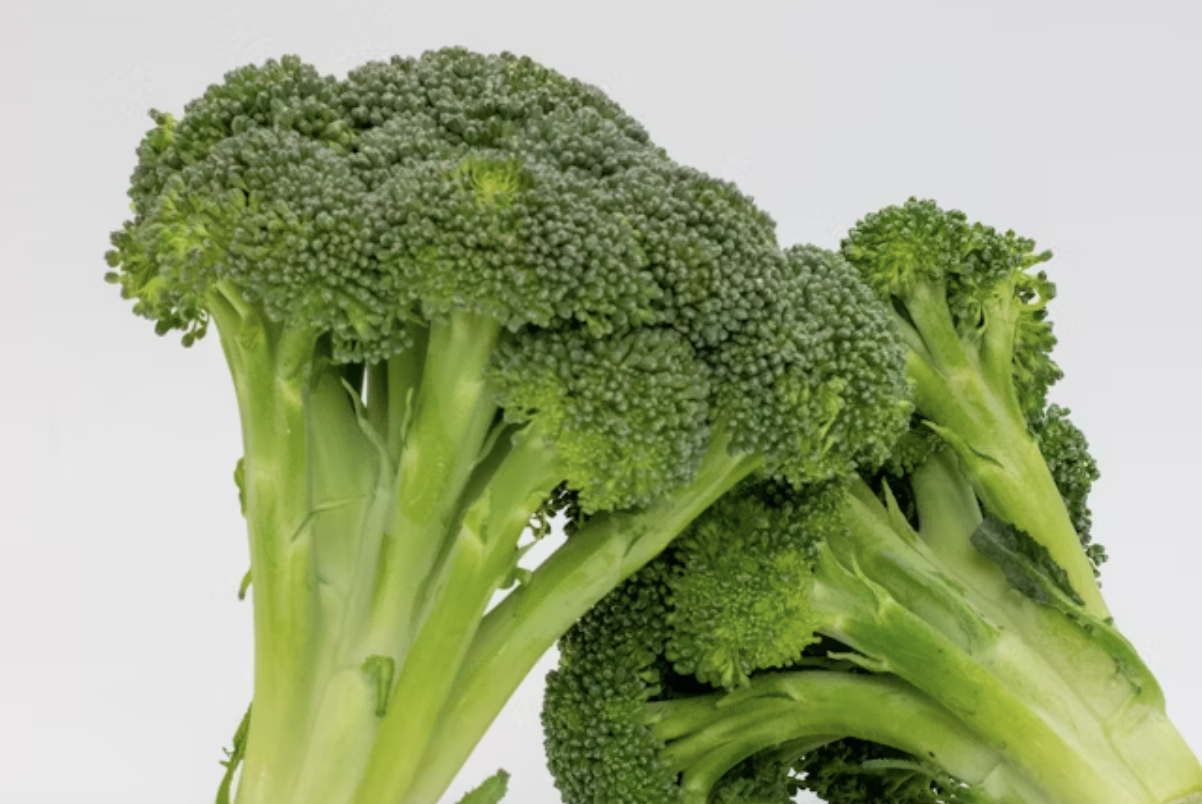Why Your Body Needs Selenium and How to Maximize Your Intake

An essential trace mineral, selenium has a hand in fertility, hormone balance (especially thyroid), and DNA synthesis. Most of the body’s selenium is stored in muscle tissue.
How much: Adults should aim for 55 micrograms (mcg) of selenium daily. Selenium can accumulate and cause toxicity; an excess can also contribute to brittle hair and nails.
Best sources of selenium: The body easily and efficiently absorbs selenium from food, so most adults can get enough from a balanced diet. Foods high in selenium include tuna, halibut, and sardines.
The best source of selenium, however, is Brazil nuts: A single nut contains 68 to 91 mcg of selenium. “You can get all the selenium you need by eating just one Brazil nut a day,” says Lisa Moskovitz, RD, CDN, author of The Core 3 Healthy Eating Plan. But keep it to one or two Brazil nuts to stay within the mineral’s tolerable upper limit.
How to know if you’re low: A blood test can check your plasma for selenium status, which reflects short-term intake. Because much of the mineral is stored in muscle tissue, the body’s overall levels are hard to measure.
Worth noting: Selenium levels decline with age, so consider including a high-quality multivitamin/multimineral in your routine. Some evidence suggests a link between low selenium and age-related declines in brain function, possibly because low levels means a loss of the mineral’s antioxidant benefits.
This article was originally written by Catherine Guthrie, an Experience Life contributing editor and excerpted from the Experience Life article “5 Essential Minerals to Support Your Mind and Body.”

















